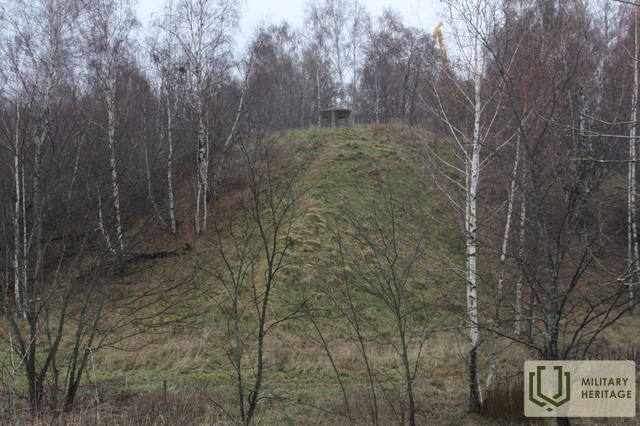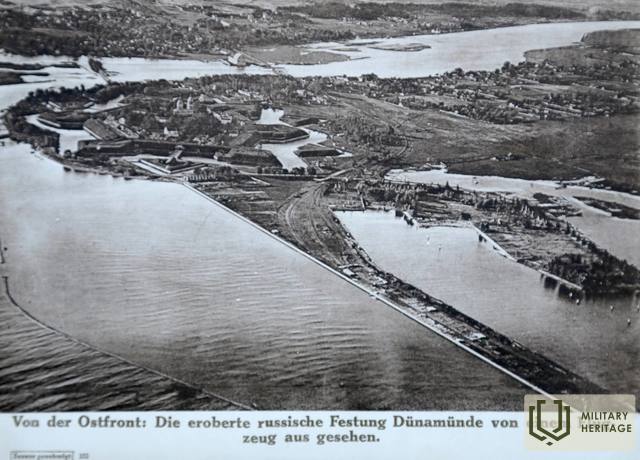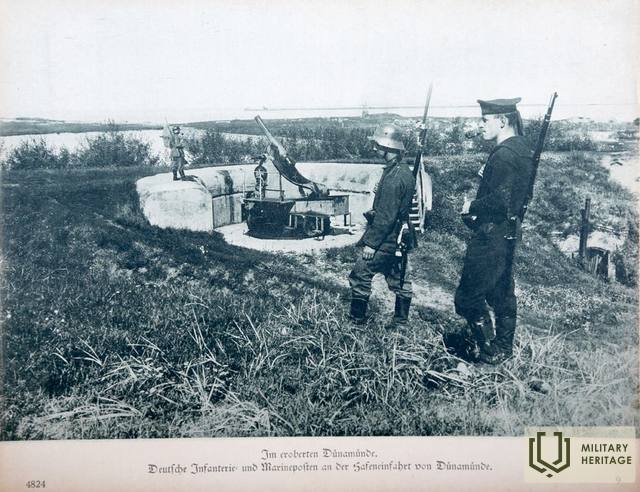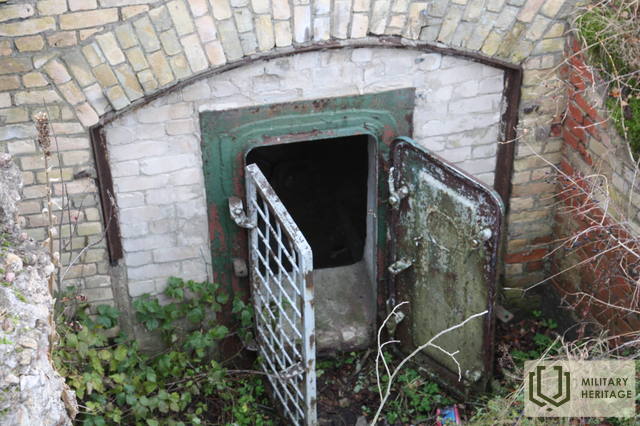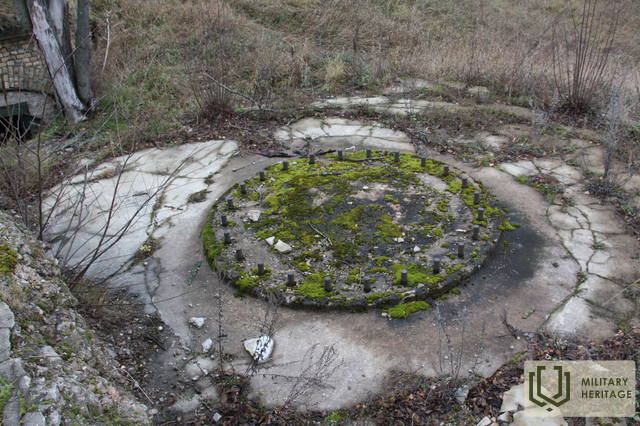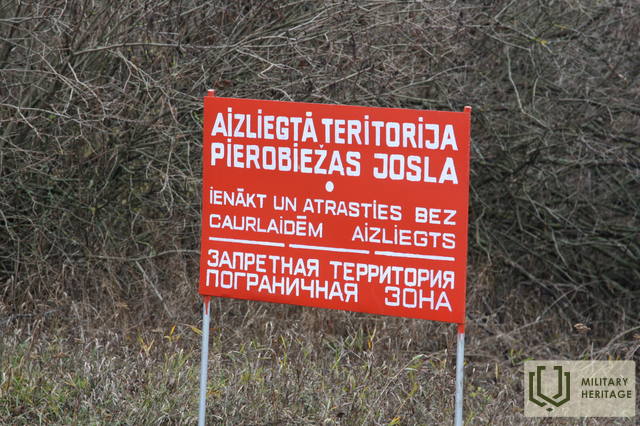Kometos fortas Įtvirtinimas

Panaudoti šaltiniai ir literatūra:
Archeologiniai tyrimai Latvijoje 2003 ir 2004 m. Ryga: Latvijos istorijos instituto leidykla, 2004.
Priedītis, E. Latvijos laivynas. 1919-1940 m. Ryga: Citronų spaustuvė, 2004 m.
Anderson, E. Latvijos ginkluotosios pajėgos ir jų priešistorė. Torontas: Daugavos Vanagu centrinė leidykla, 1983.
Susijusi laiko juosta
Susijusios temos
Susijusi istorija
Kariuomenės buvimas Mangalsaloje
Atsiminimuose ryškūs įspūdžiai apie Latvijos kariuomenės buvimą Mangalsaloje. Aprašomi fortai, taip pat sapierų pastatytas gelžbetoninis įtvirtinimas. Atsiminimuose aprašomas karių kasdienis gyvenimas, gyvenimo ritmas ir iliustruojama Mangalsalos aplinka. Mangalsalos ir Latvijos armijos karių vizitas.
Apie Daugavgryvos tvirtovę
Pasakotojas aprašo įvykį Daugavgryvos tvirtovėje Pirmojo pasaulinio karo metu, kai ją subombardavo vokiečių armijos dirižablis. Tvirtovė buvo vienas iš strateginių objektų, išlaikiusių savo svarbą iki Antrojo pasaulinio karo pabaigos.




